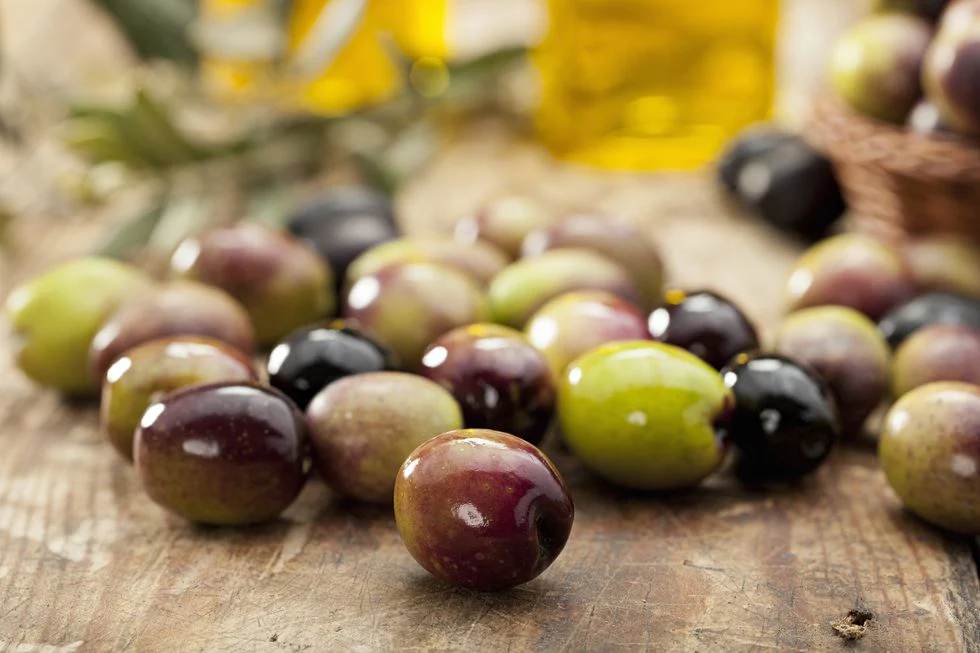Olive Fruit or Vegetable – Understanding the Truth Behind It
When you walk through a grocery store, you may notice olives displayed in jars, tins, or freshly picked varieties. Many people enjoy their unique taste, whether added to salads, pasta, or enjoyed as a snack. But one common question often comes up: Is an olive fruit or vegetable? This simple curiosity has sparked discussions for years. Let’s dive into the details and uncover the truth in the simplest way possible.
What Makes Something a Fruit or a Vegetable?
Before deciding whether an olive is a fruit or vegetable, we first need to understand how both are defined.
- Fruit: In botanical terms, a fruit is the part of a plant that develops from a flower and contains seeds. Fruits are nature’s way of protecting and spreading seeds for reproduction.
- Vegetable: A vegetable usually refers to any other edible part of a plant, such as the root, stem, or leaves. For example, carrots are roots, celery is a stem, and lettuce is leaves.
When we ask if an olive fruit or vegetable, we are really asking about its classification from both science and cooking perspectives.
The Botanical Answer
From a botanical point of view, the olive clearly falls into the category of a fruit. It grows from the flower of the olive tree and carries a seed inside, known as the pit or stone. That seed is what defines it as a fruit. This makes olives similar to cherries, peaches, and plums, which are also known as stone fruits.
So if someone asks you whether an olive fruit or vegetable, the scientific answer is straightforward: it is a fruit.
Why People Think of Olives as Vegetables
Even though the olive is technically a fruit, many people casually think of it as a vegetable. This happens because of how olives are used in cooking. Unlike sweet fruits such as apples, mangoes, or grapes, olives are not eaten raw straight from the tree. They are bitter and must go through curing or fermentation before becoming tasty.
In recipes, olives are usually paired with vegetables, savory dishes, cheese, bread, or meats. That explains why people often confuse whether an olive fruit or vegetable—its taste and culinary role lean toward the vegetable category.
Culinary Use of Olives
When we look at how olives appear in the kitchen, it becomes clear why the debate continues. In cooking, olives are treated more like vegetables than fruits.
- Salads: Olives are added to Greek salads, pasta salads, or mixed with fresh greens.
- Sauces and Pastes: Olive tapenade is a savory spread made with herbs and garlic.
- Pizza Toppings: Black or green olives are common choices for pizzas.
- Mediterranean Dishes: They are widely used in dishes alongside tomatoes, cucumbers, onions, and other vegetables.
Because of these savory uses, the confusion over whether an olive fruit or vegetable continues in everyday conversations.
Nutritional Value of Olives
Another way to look at this question is through nutrition. Olives provide healthy fats, particularly monounsaturated fats, which support heart health. They also contain vitamin E, iron, and antioxidants.
These nutrients are more commonly associated with fruits like avocados than with most vegetables. This further proves the case that olives are scientifically fruits, even if their salty, briny taste makes us group them with vegetables in cooking.
Green vs. Black Olives – Do They Matter?
You may wonder whether green olives and black olives change the answer to whether an olive fruit or vegetable. The truth is both are the same fruit, just harvested at different stages.
- Green Olives: Picked before ripening, usually firmer and slightly bitter.
- Black Olives: Fully ripened on the tree, softer with a milder taste.
Both still fall under the fruit category botanically, but their use in cooking still resembles how we treat vegetables.
Why the Confusion Persists
The main reason people ask whether an olive fruit or vegetable is that our everyday language about food often mixes science with culture. For example:
- Tomatoes are fruits scientifically but usually called vegetables.
- Cucumbers and pumpkins are also fruits but used in savory dishes.
- Rhubarb is technically a vegetable but treated like fruit in pies.
Olives fall into the same confusing group, where science and kitchen traditions do not always match.
The Importance of Olives in Culture
Olives are more than just a fruit or vegetable debate. They hold deep cultural, historical, and economic significance. The olive tree is considered a symbol of peace, longevity, and prosperity. Olive oil, extracted from the fruit, is central to Mediterranean cuisine and has been used for centuries for cooking, medicine, and skincare.
This cultural richness makes the discussion of whether an olive fruit or vegetable more than just a technical question—it connects to tradition and lifestyle.
Final Verdict: Olive is a Fruit
After looking at the scientific, nutritional, and culinary angles, we can confidently say: Olives are fruits. They grow from the flower of the olive tree and contain a seed, which places them in the fruit category botanically. However, in cooking, they behave more like vegetables because of their savory flavor and the way they are used in meals.
So, the next time someone wonders whether an olive fruit or vegetable, you’ll know how to answer: it is a fruit by science, but a vegetable by kitchen use.
Conclusion
The question of whether an olive fruit or vegetable highlights how food classification is not always straightforward. Science says fruit, while culinary tradition says vegetable. This dual identity makes olives unique and fascinating. Whether you enjoy them in a salad, on a pizza, or as olive oil, what matters most is their contribution to health and flavor.
In the end, the olive teaches us that food can belong to more than one world. It does not have to fit neatly into one category. So, the next time you taste an olive, remember that behind its simple appearance lies a deeper story of culture, science, and tradition.






